By Matt Brinkerhoff, Action Target Range Consultant
Anyone who has been to a quality shooting range knows it requires much more than a line drawn in the dirt and a few paper targets. Great shooting ranges are designed to protect customers, employees, and the environment. Here at Action Target, we specialize in designing, manufacturing, and installing superior shooting range equipment to meet all of your ballistic needs from bullet containment to target retrieval systems. Quality matters when the safety of your customers and employees are in question, so don’t settle for good when your shooting range could be great with the help of Action Target.
Bullet containment is the number one concern on any shooting range, and without the proper designs and equipment, it can be nearly impossible to ensure the safety of those inside and outside the range. Bullet containment basically comes down to two elements: bullet traps and baffles. The bullet trap should be designed to stop any high powered round and handle the level of traffic expected at your range while safely collecting all projectiles for proper disposal. Any shot downrange should be stopped by the bullet trap, but safety baffles are also needed to keep bullets from exiting the ceiling of your range or ricocheting off the walls in the event of an errant shot. With the right combination of bullet trap and baffles, you can rest easy knowing no matter where a shot is fired on your range, it won’t have a chance to escape.
Bullet Traps
Action Target offers two different kinds of bullet traps, the Rubber Berm Trap (RBT) and the Action Target Total Containment Trap (TCT). A rubber berm trap consists of an angled metal plate covered in chopped rubber two feet thick. Action Target’s rubber berms utilize a patented combination of fire retardant and nonflammable adhesive to minimize fire danger and prevent migration. Being a softer collection medium, rubber significantly reduces ricochet and lead dust in some applications which makes it a great option for ranges that don’t see excessive everyday use. Due to the simplicity and relatively low cost of the materials used, a rubber berm can be extremely economical. But if you start having more shooters than you originally planned for, it can also become a wrench in your wallet. Rubber berms have to be cleaned and the bullets lodged in them mined every 80,000 rounds. Not only does it cost money to clean the rubber berm and replenish the chopped rubber periodically, but the more days you have to close your range for maintenance, the more money you lose.
 The Action Target Total Containment Trap can be a great solution to this problem if your daily foot traffic is able to balance the expense of installing and maintaining it. With two different types of lead removal systems, the TCT allows for varying levels of use and greatly diminishes the time you have to spend maintaining your shooting range. Essentially, the TCT is a giant armor steel funnel that directs every shot fired into a small gap at the rear of the trap. Once a bullet passes through that gap, it enters an elliptical deceleration chamber where it spins until it loses energy and falls into the collection trough through the bottom of the chamber. All of the lead is then collected and stored using one of two systems, the hands-free Screw Conveyor System or the Canister System. These two systems are designed to prevent lead exposure and make disposing of hazardous range debris as simple and easy as possible. The TCT is perfect for high traffic ranges, and when combined with our unique Dust Collection Unit, it is the safest and most environmentally friendly bullet trap on the market.
The Action Target Total Containment Trap can be a great solution to this problem if your daily foot traffic is able to balance the expense of installing and maintaining it. With two different types of lead removal systems, the TCT allows for varying levels of use and greatly diminishes the time you have to spend maintaining your shooting range. Essentially, the TCT is a giant armor steel funnel that directs every shot fired into a small gap at the rear of the trap. Once a bullet passes through that gap, it enters an elliptical deceleration chamber where it spins until it loses energy and falls into the collection trough through the bottom of the chamber. All of the lead is then collected and stored using one of two systems, the hands-free Screw Conveyor System or the Canister System. These two systems are designed to prevent lead exposure and make disposing of hazardous range debris as simple and easy as possible. The TCT is perfect for high traffic ranges, and when combined with our unique Dust Collection Unit, it is the safest and most environmentally friendly bullet trap on the market.
Safety Baffles
Safety baffles are often one of the most neglected areas of shooting range design, but they are absolutely crucial to the ballistic security of your range. In addition to keeping fired bullets from exiting the range, baffles offer protection for overhead lights, pipes, ventilation ducts, and other structures. As much as you would like them to, shooters at your range are not always going to shoot perfectly straight, and when they inevitably hit the ceiling, you’ll be glad you had them installed.
 Action Target’s patented wall and ceiling baffles are designed to reduce noise, eliminate ricochet, and ensure complete bullet containment. Our baffles are composed of four layers: acoustic paneling, plywood, an air gap, and steel. Acoustic panels are placed on the outside of our baffles to minimize gunshot reverberation within the range and prevent sound transmission beyond the range. Plywood is then used to contain shots fired into the baffle. Bullets can easily pass through these two layers, but once a bullet hits the steel and shatters, the plywood effectively contains the fragments. The air gap works as a buffer to allow the bullet room for fragmentation before bouncing back against the plywood. The most important part of the baffle is the steel plate. Action Target offers four grades of safety baffles ranging from 10 gauge steel to abrasion resistant armor steel to meet your range’s ballistic specifications and budget. If you know what ammunition and firearms will be allowed on your range, we can help you find the right baffles to complete it.
Action Target’s patented wall and ceiling baffles are designed to reduce noise, eliminate ricochet, and ensure complete bullet containment. Our baffles are composed of four layers: acoustic paneling, plywood, an air gap, and steel. Acoustic panels are placed on the outside of our baffles to minimize gunshot reverberation within the range and prevent sound transmission beyond the range. Plywood is then used to contain shots fired into the baffle. Bullets can easily pass through these two layers, but once a bullet hits the steel and shatters, the plywood effectively contains the fragments. The air gap works as a buffer to allow the bullet room for fragmentation before bouncing back against the plywood. The most important part of the baffle is the steel plate. Action Target offers four grades of safety baffles ranging from 10 gauge steel to abrasion resistant armor steel to meet your range’s ballistic specifications and budget. If you know what ammunition and firearms will be allowed on your range, we can help you find the right baffles to complete it.
The type of training your range is expected to accommodate will dictate the configuration of your safety baffles. Action Target offers both static and tactical configurations based on the “no blue sky” principle. According to this principle, a shooter who is facing downrange on an outdoor range (though, this principle also applies to indoor ranges as well) should not be able to see any blue sky. If shooting on your range will only be from a static point on the firing line, the ceiling baffles are placed in a static configuration meaning they are spaced closer together near the firing line and further apart near the bullet trap. Even though there are large gaps between the baffles at the end of the range, no blue sky can be seen from the static shooting position at the firing line which means it’s impossible for a bullet to escape vertically.
If your range is expected to accommodate tactical training where shooters will be moving downrange, having gaps in the ceiling baffles anywhere on the range isn’t acceptable. With a tactical baffle configuration, baffles are place close together and overlap one another so even if a bullet is fired straight up, a baffle will be there to stop it no matter where it is on the range. This tactical configuration allows shooters to move freely without any danger of rounds exiting the ceiling. Wall baffles are also highly recommended if tactical training will be conducted on your range. While hardened concrete is balistically sound, wall baffles add an additional level of protection and completely eliminate ricochet while also decreasing reverberation within the range.
Rely on the Experts for Help
There are hundreds of things to take into consideration when building a shooting range, but your top priority should always be safety. Before anything else, make sure your range is going to be safe for your customers, your employees, and the environment. If you are considering building a range, talk to the Action Target representative in your region and he will be happy to help you find the right equipment to fit your needs and budget.
Please note, the tips included in this message have been found to be helpful for many clients throughout the years but may not apply in all situations. Please use judgment in determining which tips will be helpful in your particular situation.







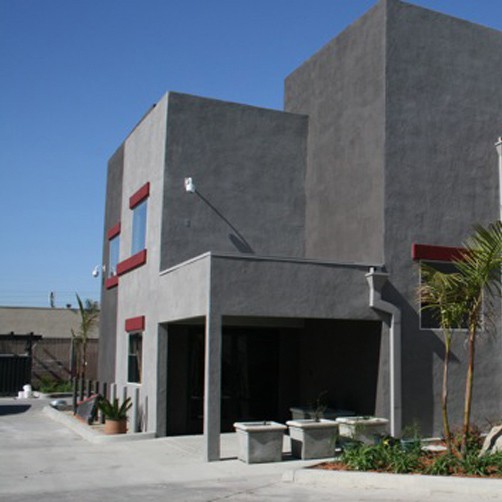
 The more you know about what’s required to get your range approved, the better. Become familiar with local noise and firearms regulations as well as environmental restrictions that will apply to your shooting range. How will you handle noise abatement? How will you dispose of lead? How will you keep customers and employees safe? All of these issues will come up when presenting to the city council. If you already know what their concerns are by asking questions and doing research, you can adequately prepare to answer them.
The more you know about what’s required to get your range approved, the better. Become familiar with local noise and firearms regulations as well as environmental restrictions that will apply to your shooting range. How will you handle noise abatement? How will you dispose of lead? How will you keep customers and employees safe? All of these issues will come up when presenting to the city council. If you already know what their concerns are by asking questions and doing research, you can adequately prepare to answer them.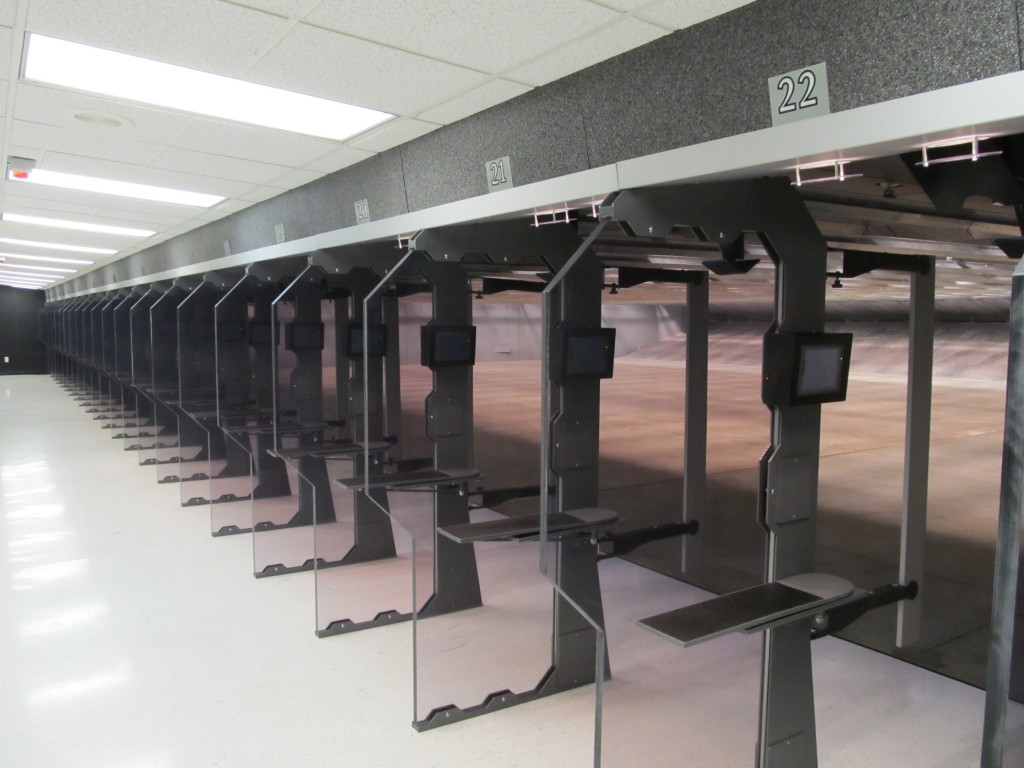
 The equipment you install in your shooting range can also have a significant effect on your future success. If you anticipate a large number of shooters on your range every day, you may want to reconsider the
The equipment you install in your shooting range can also have a significant effect on your future success. If you anticipate a large number of shooters on your range every day, you may want to reconsider the 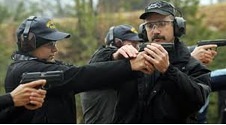 The main thing to remember when considering whether or not to form an engagement with
The main thing to remember when considering whether or not to form an engagement with 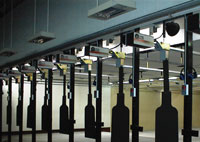 First off, it must be remembered that the range exists as the profit center to the business. Secondly, a decision needs to be made in regards to the operations of the range. In regard to the commercial value of a range, there are typically two lines of thought in the industry: one is to combine the range with the store, and the second is to not.
First off, it must be remembered that the range exists as the profit center to the business. Secondly, a decision needs to be made in regards to the operations of the range. In regard to the commercial value of a range, there are typically two lines of thought in the industry: one is to combine the range with the store, and the second is to not.
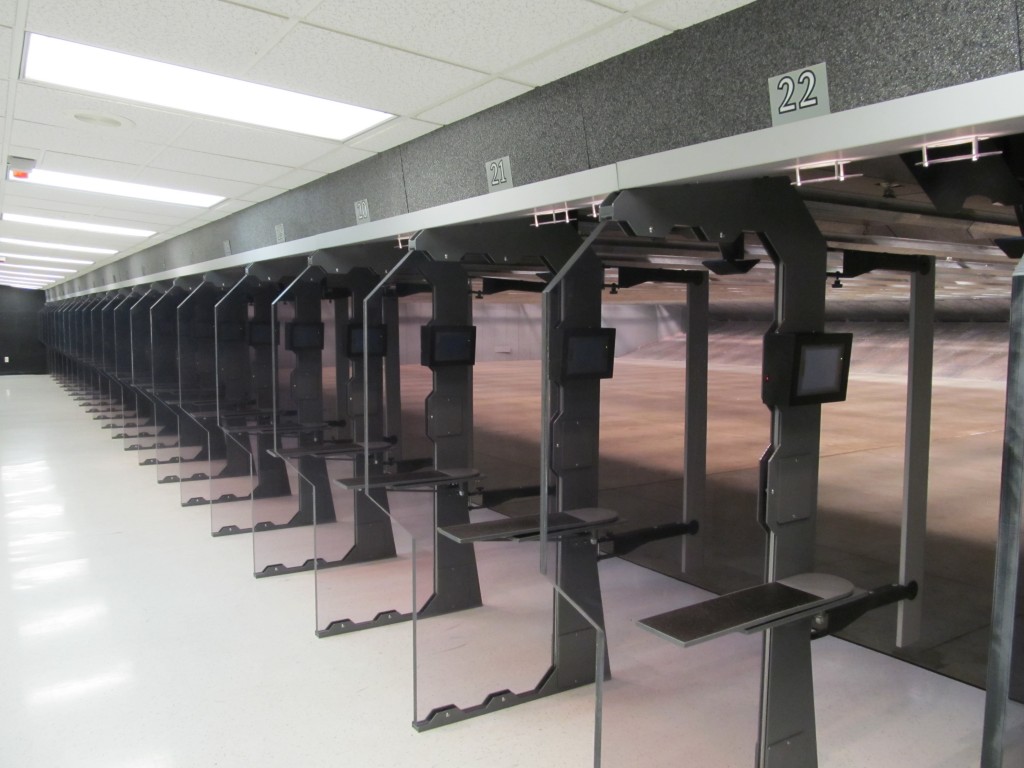 Action Target first worked with Ohio State Highway Patrol back in 1999 when we installed our “state of the art”
Action Target first worked with Ohio State Highway Patrol back in 1999 when we installed our “state of the art” 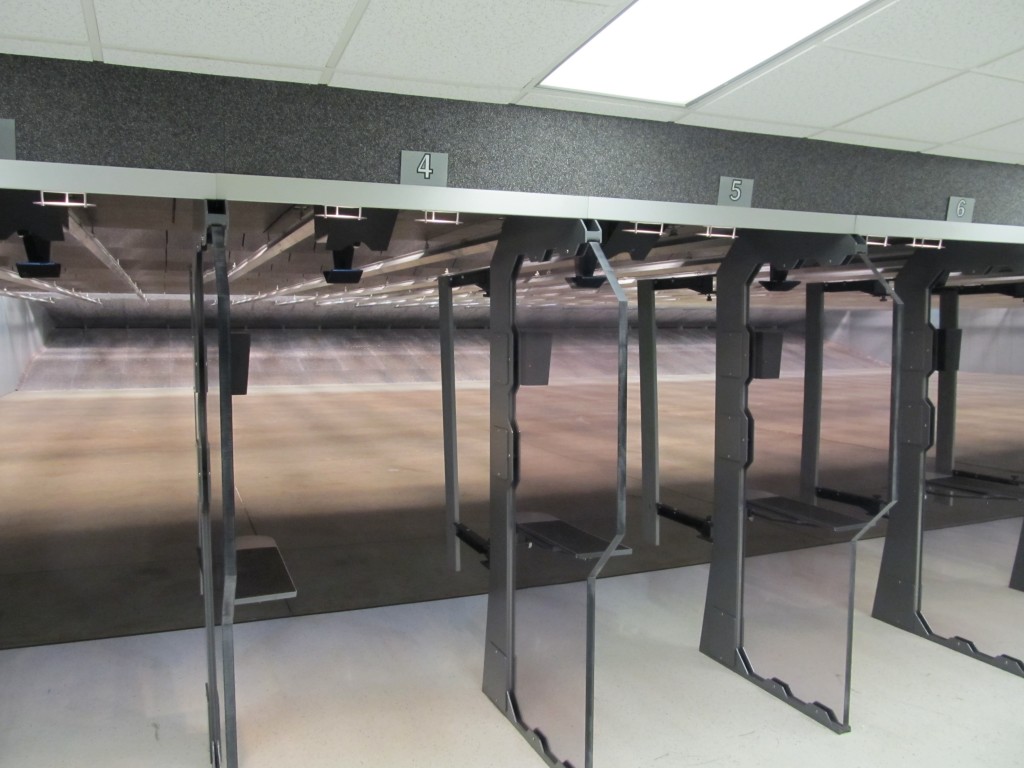 This 24 lane, 25 yard indoor range now provides officers a variety of training options, including timed training qualification courses and decision making drills. In addition, the total containment trap system, and
This 24 lane, 25 yard indoor range now provides officers a variety of training options, including timed training qualification courses and decision making drills. In addition, the total containment trap system, and 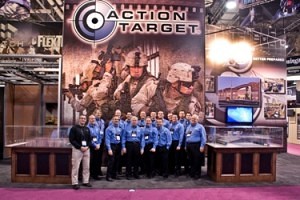 We will have our entire sales staff available to discuss our vast product line with you. Our team of sales representatives wants to work with you to understand your training needs. They can quickly discuss our products that will meet your requirements and possibly provide you with a demonstration if the product is in our booth.
We will have our entire sales staff available to discuss our vast product line with you. Our team of sales representatives wants to work with you to understand your training needs. They can quickly discuss our products that will meet your requirements and possibly provide you with a demonstration if the product is in our booth.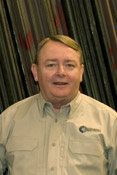
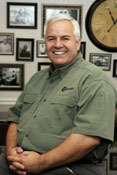









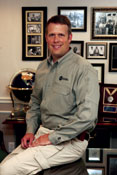

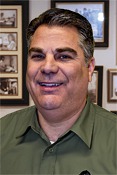




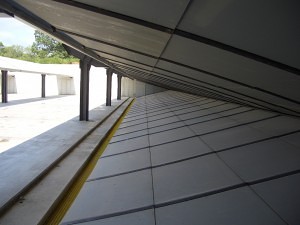 One of the most visited of these staffed ranges is the Jay Henges range in High Ridge, MO, located outside St. Louis. Range Supervisor Jake Hindman estimates that the range, which opened in 1994, receives 20,000 shooters each year. This continual high volume of fire led to maintenance and containment concerns regarding the inevitable lead remediation on the dirt berms. These concerns caused the Department of Conservation to decide it was time to invest in a “Total Containment Range” to eliminate costly lead clean up and maintenance while ensuring that no fired bullets left the shooing range.
One of the most visited of these staffed ranges is the Jay Henges range in High Ridge, MO, located outside St. Louis. Range Supervisor Jake Hindman estimates that the range, which opened in 1994, receives 20,000 shooters each year. This continual high volume of fire led to maintenance and containment concerns regarding the inevitable lead remediation on the dirt berms. These concerns caused the Department of Conservation to decide it was time to invest in a “Total Containment Range” to eliminate costly lead clean up and maintenance while ensuring that no fired bullets left the shooing range.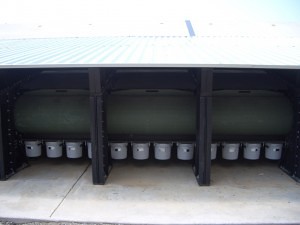 The Jay Henges Total Containment Trap measures 160 ft. wide with 20 shooting positions designed for heavy rifle use from the 100 yard firing line. The trap also features a unique self-supported engineered boom system that integrates into the frame of the bullet trap chambers, creating a support to the upper bullet trap plates without the need for a stand-alone truss system.
The Jay Henges Total Containment Trap measures 160 ft. wide with 20 shooting positions designed for heavy rifle use from the 100 yard firing line. The trap also features a unique self-supported engineered boom system that integrates into the frame of the bullet trap chambers, creating a support to the upper bullet trap plates without the need for a stand-alone truss system.